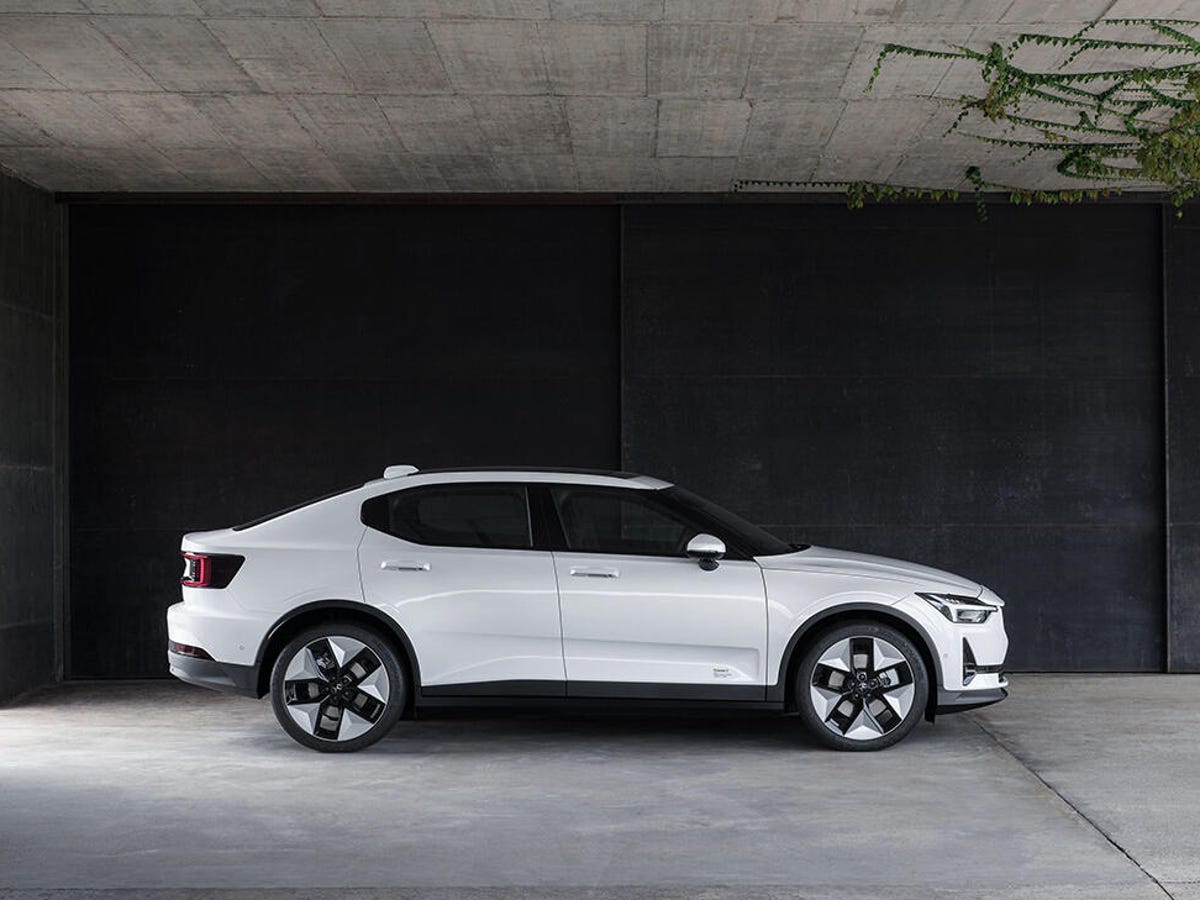The Downfall
The electric car saw a rise in trends in the early 20th century, so why
is it that we are now seeing the "new" technology of the electric
car? It came down to timing.
It's important to understand that the technology's rise came at a
turning point in automotive history. Most people were still using
horse-led carriages, and automotive vehicles were just starting to
be considered for personal ownership. Because of this, automotive
technology was embraced in many forms: electric, steam, gasoline.
While electric cars brought many benefits to the table like its
affordability and quiet engine, these low-cost, quiet vehicles were
perfect for socialites who enjoyed getting around the city in a
"high-tech" vehicle. However, the early 1900s saw growth in
intercity and interstate roads to allow for more long-distance travel,
for which electric cars were not a viable option.
The technology also saw a large dip at this time when Ford's
famous Model T came to the market in 1908. An extremely
affordable automobile coming in at $650*, it was a no-brainer
*Equivalent to around $21,000 in purchasing power in 2021
4
when it came to buying options, as other vehicles sold for over
twice the price. By the 1930s, electric cars were no longer seen on
the roads where they had once been so plentiful.
The Resurgence
It took over 30 years for electric vehicles to emerge again, when gas
shortages and energy crises in the 1960s and 70s brought about a
renewed interest in alternative forms of transportation.
However, timing once again was the enemy, as even though the
energy climate called for alternative fuel sources, the electric
vehicle-powering technology was still lacking.
Many companies
attempted designs of battery-powered electric vehicles, but rarely
made it to the production floor.
EV speeds made it to about 70 kilometer per hour, and 70
kilometers was the average range before needing a charge. One
hours' worth of drive was not worth it for many, especially as
commuting times for the general public began to increase with
more and more people residing in suburban neighborhoods.
The Push Forward
The 1990s is when we saw another resurgence, but this time, timing
seemed to line up more optimally. The 1990s saw a widened level of
public awareness in regards to climate change, and many
automotive manufacturers like Ford, Chrysler, Honda, Nissan, and
Toyota saw a need to cater to this awareness by changing their
technology to be more fuel efficient and reducing emissions.
A prime example of the change in industry mindset is represented
by the introduction of the Toyota Prius in the late 1990s. The Prius
5
was an instant best-seller, becoming both a political statement and
pop culture icon with the green movement.
This is not to say that electric vehicles were all immediately
successful. While the Prius did well as a hybrid electric vehicle,
models like GM's EV1, though mass-produced, didn't turn a profit.
The first ever mass-produced battery-powered EV was designed in
response to a regulation in the state of California which mandated
that manufacturers must produce a small percentage of emissionsfree vehicles if marketing the product within the state. However,
the demand for a vehicle that had a shorter range (around 100
miles, or 160 kilometers) and seating capacity of two was not ideal.
GM closed out the program in the early 2000s, as costs for
development were far out-weighing any other benefits.
While there were minor setbacks, the 2000s showed that electric
vehicles were here to stay. 2006 saw the entrance of Tesla into the
automotive industry. The company announced its intention to roll
out luxury electric sports cars with longer ranges, and companies
began to eye each other as competition.
Since the early 2000s to present day in 2021, we have seen that
competition ramp up, as more and more EV models hit the market
each year. New battery technology has allowed for lighter vehicles,
longer battery efficiency, and cost efficiency as well. In turn, the
public's acceptance of an alternative fueled vehicle has also grown.
In 2020, global sales of EVs grew 39% to 3.1 million units, even as the
total passenger car market (including traditional ICE vehicles)
declined by 14% due to the global COVID-19 pandemic.
Legislation for EVs has also seen a rise, with many states declaring
plans for eliminating new internal combustion engine-powered
vehicles within the next decade or two. Manufacturers have
followed suit by also declaring to go all-electric within a certain
number of years.


